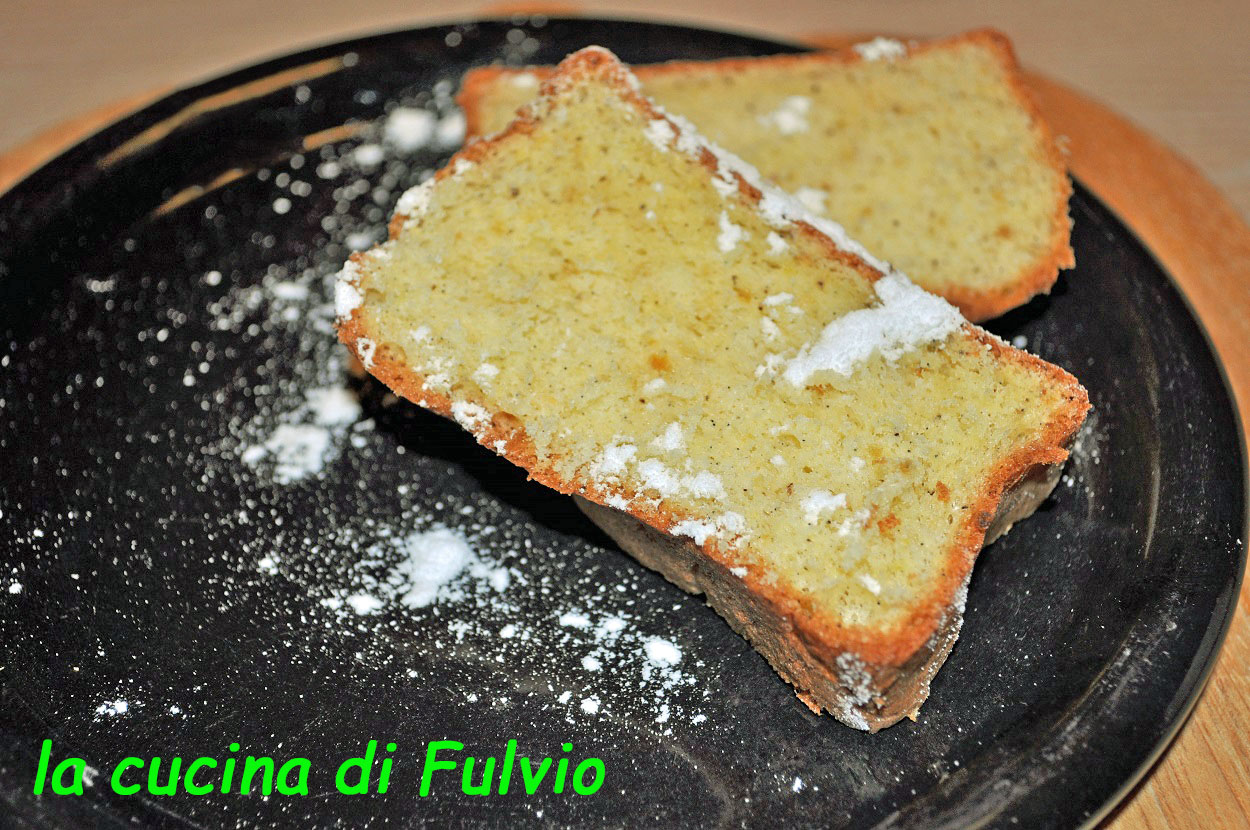The margherita cake, soft version!
The value of the classic margherita cake as reported by Artusi and as usual, of I prepare it, is its simplicity as well as its very light, crumbly and dry consistency which makes it suitable for almost any type of filling or wet without ever weighing itself down.
On the other hand, this quality, if eaten without any addition, is not appreciated by everyone, because of the dry sensation it leaves in the mouth.
I think it is enough to drink on something, even a simple cup of tea, to dampen this feeling but ... since not everyone agrees, I had to give up - sometimes - to the preparation Modern of this cake; preparation that provides for the addition of melted butter and sometimes milk in varying proportions depending on the author considered.
And, if in the original recipe the ingredients are four and the proportions are always thirty grams of starch and as many of sugar for each egg, I add again, in this version from soft taste and after all the other ingredients, about fifteen grams (for each egg) of melted butter diluted with an equal weight of milk at room temperature.
To simplify the preparation use, as for the sponge cake, the whole eggs are hot-whipped together with the sugar and a few drops of lemon juice.
And now, starting as always from the ingredients, let's start cooking!
Ingredients, for a cake mold cm. 10x20:
|
eggs |
pc. |
2 |
|
lemon juice |
ct. |
1 |
|
potato flour |
g. |
60 |
|
granulated sugar |
g. |
60 |
|
grated lemon rind |
ct. |
1 |
|
melted butter |
g. |
30 |
|
milk |
g. |
30 |
|
baking powder (optional) |
g. |
5 |
|
vanilla (optional) |
pinch (made with three fingers) |
1 |
Preparation:
|
Google ads
|
Start by buttering the mold for plum-cake or by covering it with parchment paper.
Preheat the oven (static) to 180 °.
Place in a saucepan and add the sugar, breaking them one by one separately, the whole eggs.
Add a little lemon juice:
It promotes the stabilization of the dough and dampens the egg aftertaste.
Stir with a whisk and, continuing to mix, pass the small pot on the stove to minimum to bring the mixture to a temperature between 40 ° and 45 °; you can use a kitchen thermometer ...
or, much more simply, a finger:
when the temperature will be slightly warmer than your finger (that of a person with a high fever ...) the dough will be ready to be mounted.
WARNING: it is very important not to stop but to mix otherwise the egg begins to harden and you can forget to proceed further with the preparation
(and this is the reason why many prefer the technique of egg whites to firm snow added at the end ...).
If you are not sure of knowing how to remove the saucepan from the stove at the right time, it is better to use a little more time and heat, always stirring, eggs and sugar in a bain-marie:
the temperature rises much more slowly and it is easier to judge when the ideal temperature has been reached.
Without stopping to mix, pour the mixture into the mixer turned on at the minimum and gradually increase the speed of the whips up to the maximum.
Now add a little at a time, with the whisk to a minimum, the potato starch mixed with the lemon zest (and, if you have decided to use them, the yeast and vanilla ...).
Mix the melted butter with the milk at room temperature and slowly add them to the mixture, stirring gently.
Pour the dough into the pan and level daisy, always gently with a spatula.
Bake in 180 ° (static) and do not open the oven until the cake is ready (depending on the quantity used, from 30 'to 45').
In any case, before baking it permanently, check the cooking with the usual steccolino.
Allow to cool, sprinkle with icing sugar, and serve!
Buon appetito!
ADVICES AND NOTES:
|
Google ads
|
 Recipe, text only: to print or download.
Recipe, text only: to print or download.- Since there is absolutely no flour, this cake, even in this version enriched, is a sweet suitable for those with gluten intolerance.
- The original entry in the Pellegrino Artusi manual (the 576) is also found here!
- Related articles: The classic daisy cake, the sponge cake
Your comments are welcome!
Leave them in mine Facebook page or in the form at the bottom of the page:



